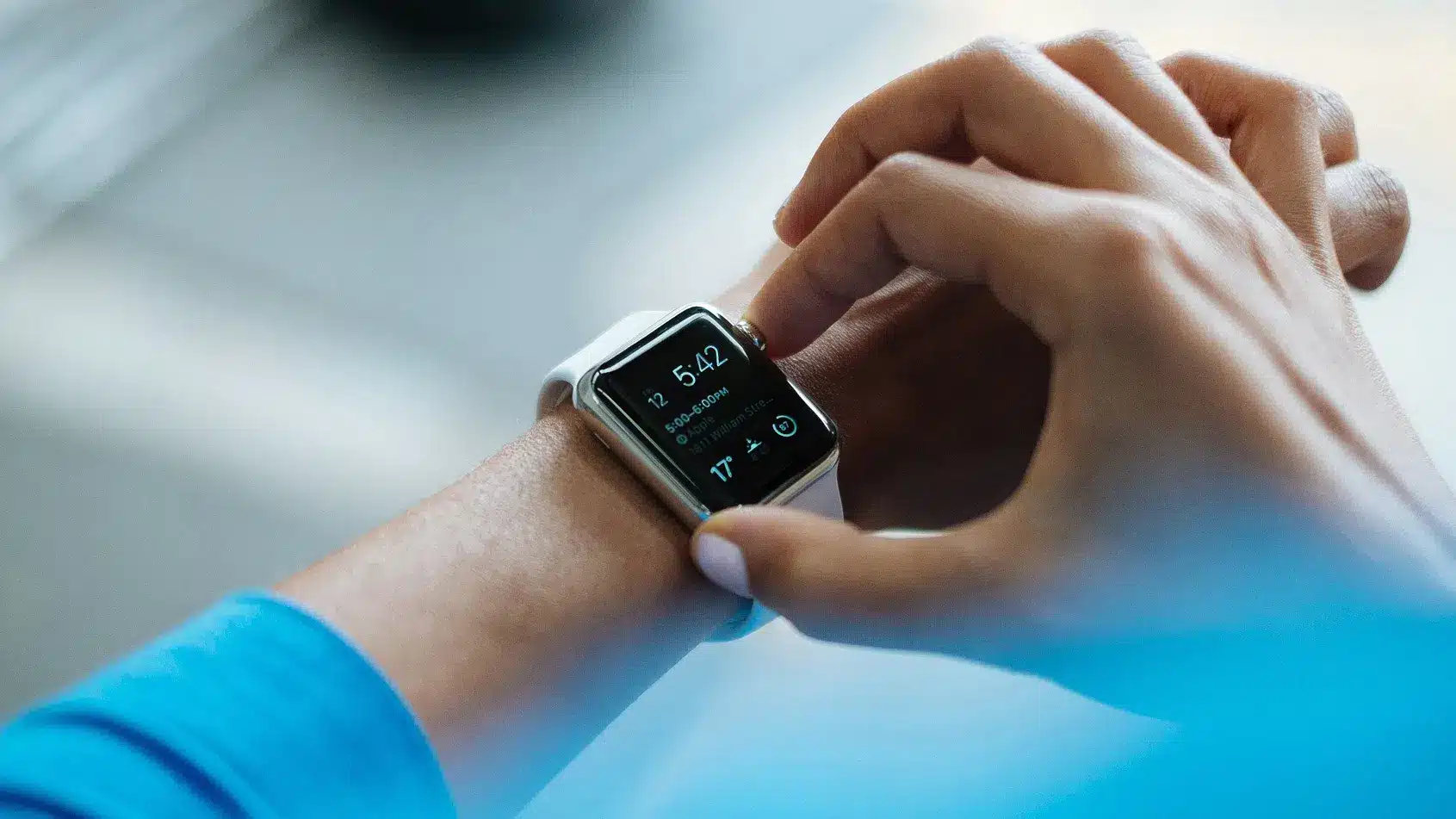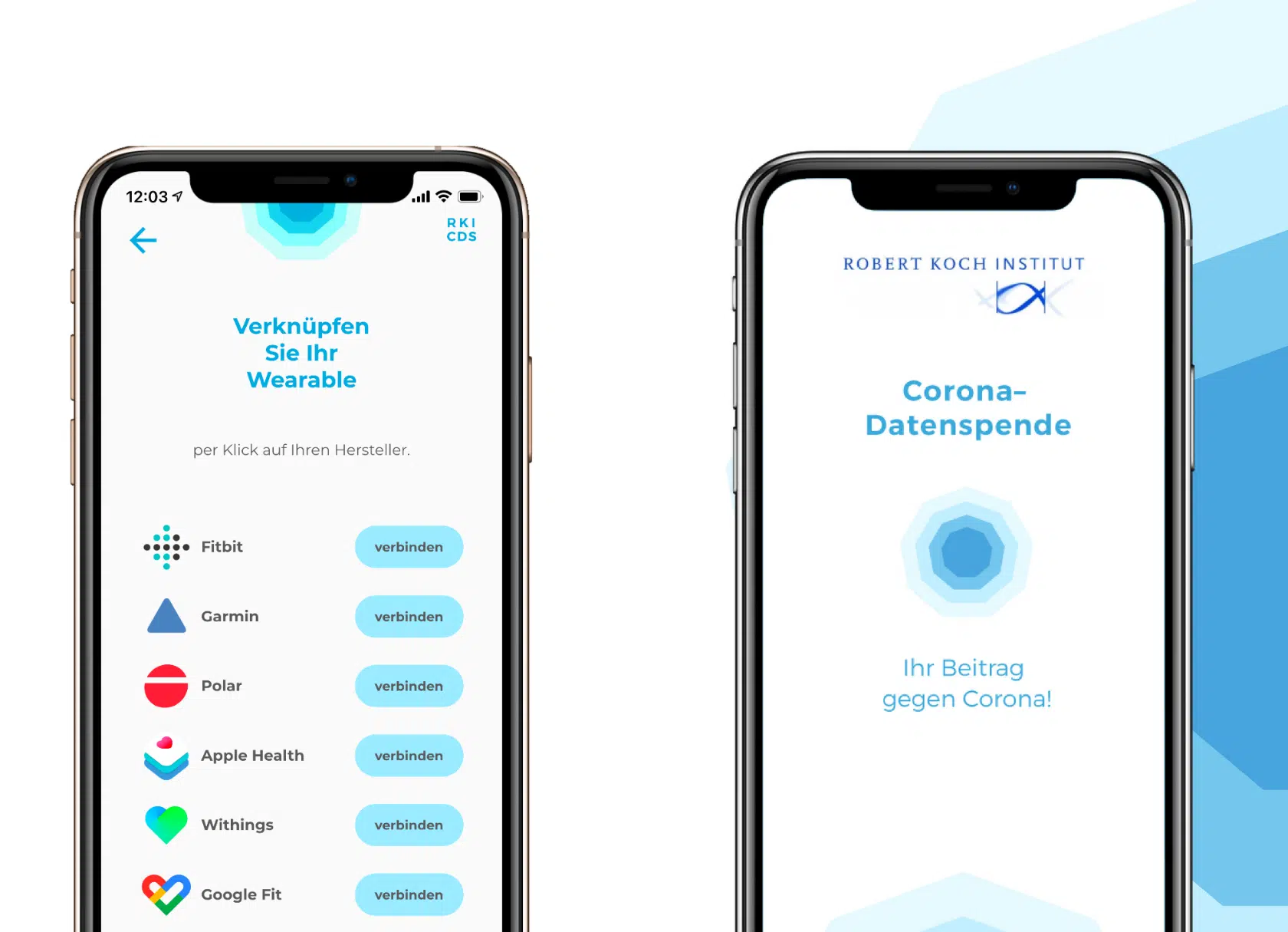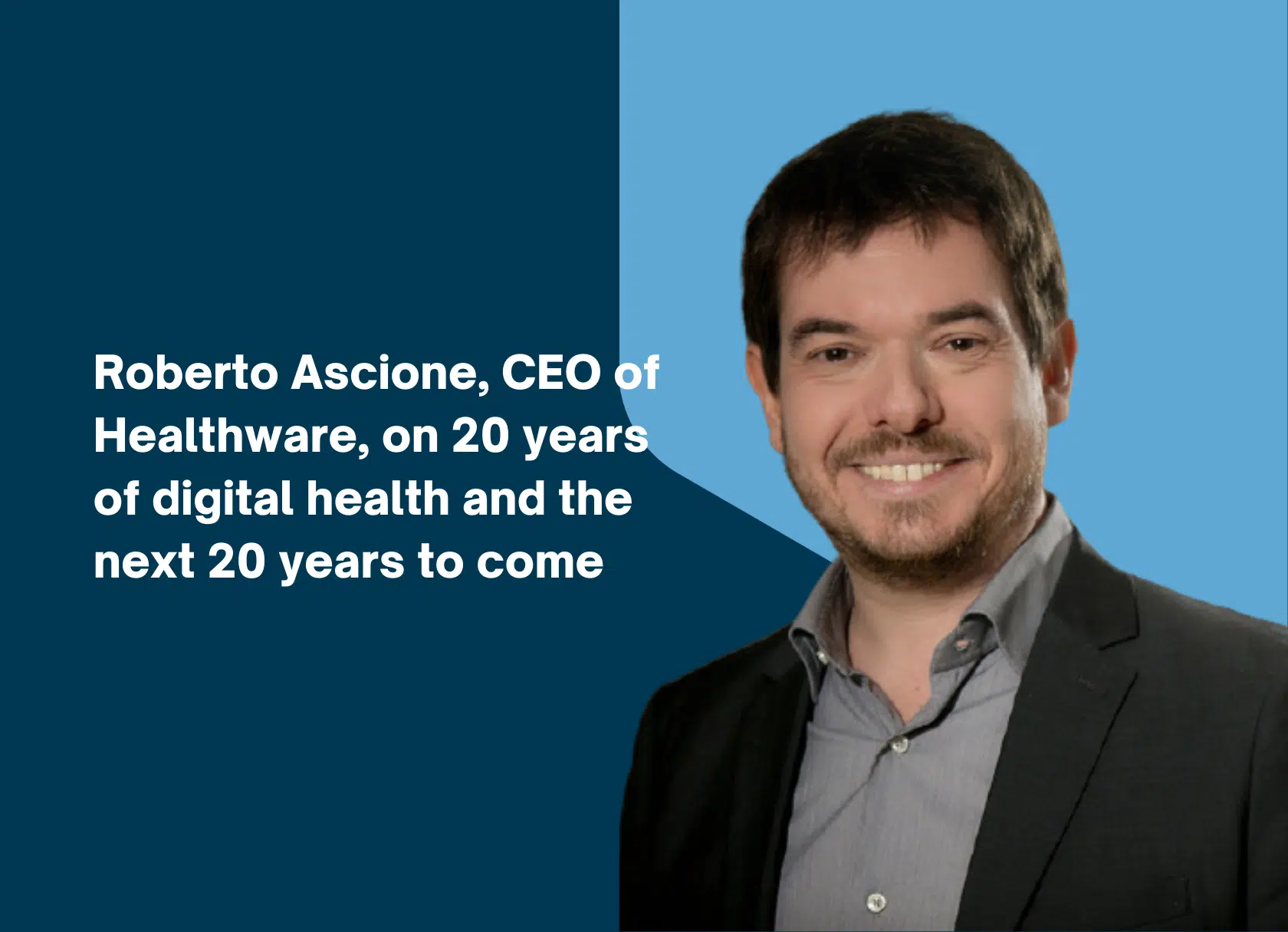The impact of wearables and sensors on patient-centered care
- Written by: Thryve
- 4 minutes

Healthcare used to be centered around the doctor. If you sense a potential symptom or simply feel poorly, you go to the doctor. The doctor will guide you through the system. This is changing. Digital transformation and consumer emancipation lead to a more patient-centric approach. New providers enable proactive care. Old players are moving from pure service providers to service-oriented partners.
While this change was there, it was tremendously propelled by the Covid19 pandemic. Previously, visiting the doctor only required driving to the practice and waiting until the doctor would see you – amidst the pandemic, the risk of catching a potentially deadly infection came on top. Correspondingly, doctor visits dropped by up to 60% PERCENT during the height of the pandemic, while digital, remote care options like telemedicine and digital health apps surged (with 20 Million Germans or a quarter of the population USING SUCH A SERVICE IN 2020).
Proactive care and more customer-oriented approaches require constant information on developing symptoms, vital data, but also soft factors like behavior. This data is measured by wearables, connected devices, and digital apps – we carry it with us on our smartphones. Still, most healthcare stakeholders don’t leverage it.
Wearables enable a new type of patient-centric healthcare. Wearables measure your activity patterns and interactions with your environment, so they help predict your health better than ever before. They are part of the growing digitalization trend that will change healthcare forever:

Sensor technology lets patients take control of their healthcare. When connected to digital health applications the data collected by consumers can unleash new ways of detecting early symptoms of diseases and disorders and support patients in proactively managing their illnesses.
For example for diabetes patients, data access can help detect early fluctuations in blood sugar, allowing them to quickly respond and adjust their diet or medication to prevent crises. Wearables can also encourage patients to track their activities daily, leading to better self-care and healthy habits.
Leveraging the data collected by sensors can be a shortcut to raise overall adherence: UP TO 50% OF PATIENTS are not taking prescribed medicines as prescribed by their doctors or do not undergo treatments correctly. Wearables can support to change that. At Thryve we work with remote rehabilitation service CASPAR and managed to INCREASE OVERALL USER ACTIVITY BY 18% based on wearable-data-based interactions.
The impact goes beyond pure digital services: Wearables combined with artificial intelligence algorithms can identify deviations from predicted progress and alert the therapist to treat the patient more frequently than before. Such data-driven interactions between patients and providers are only possible due to the widespread adoption of wearable devices as they get cheaper and more accessible while extending their feature sets. US consumer use of wearables jumped from 18% in 2015 to 54% in 2020, according to ROCK HEALTH.
But there’s still a big challenge to overcome: Accessing all the data from different wearable manufacturers. That’s where we come in: Thryve enables access to more than 300 wearable devices and data sources through a single integration. Digital health services, insurers, and care providers all over Europe use Thryve’s technology to access continuous health data from their users’ devices. Providers can finally leverage all these data streams and combine them with other types of data (e.g. blood tests), opening the horizon to a new level of care we haven’t seen yet.
Learn how we can help you to use health data: BOOK A DEMO
The future of healthcare is digital and client-centric. Digitalization, wearables, AI, and IoT are here to stay. As patient-centric healthcare becomes a reality, our goal is to be the enablers for digital transformation in health care – helping to leverage the troves of data wearables and other consumer data sources carry with them by enabling the data connection between patient and health service providers.







